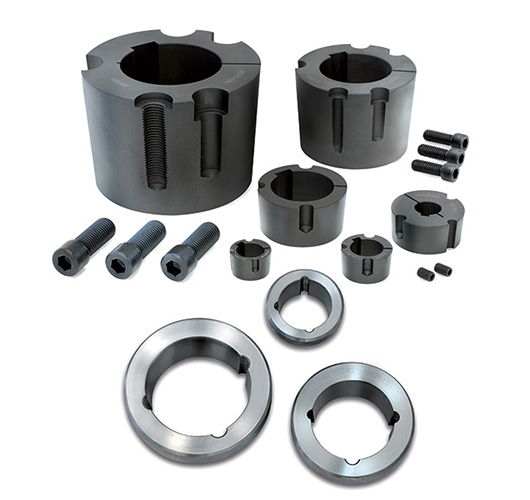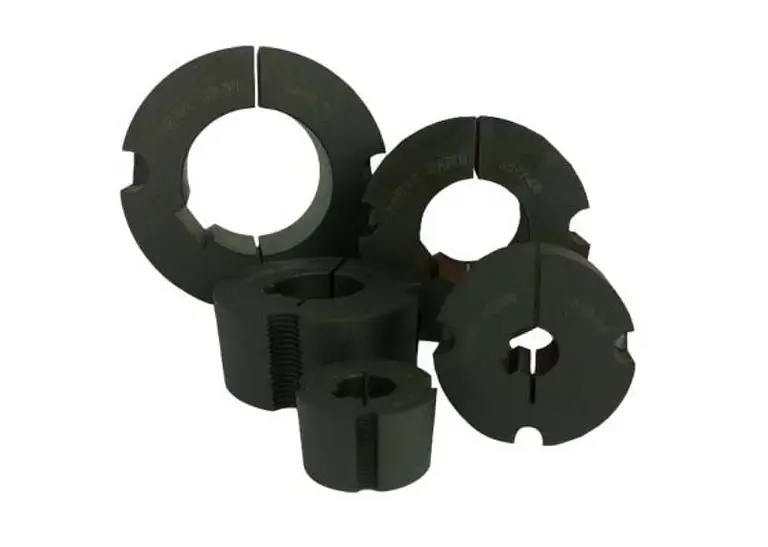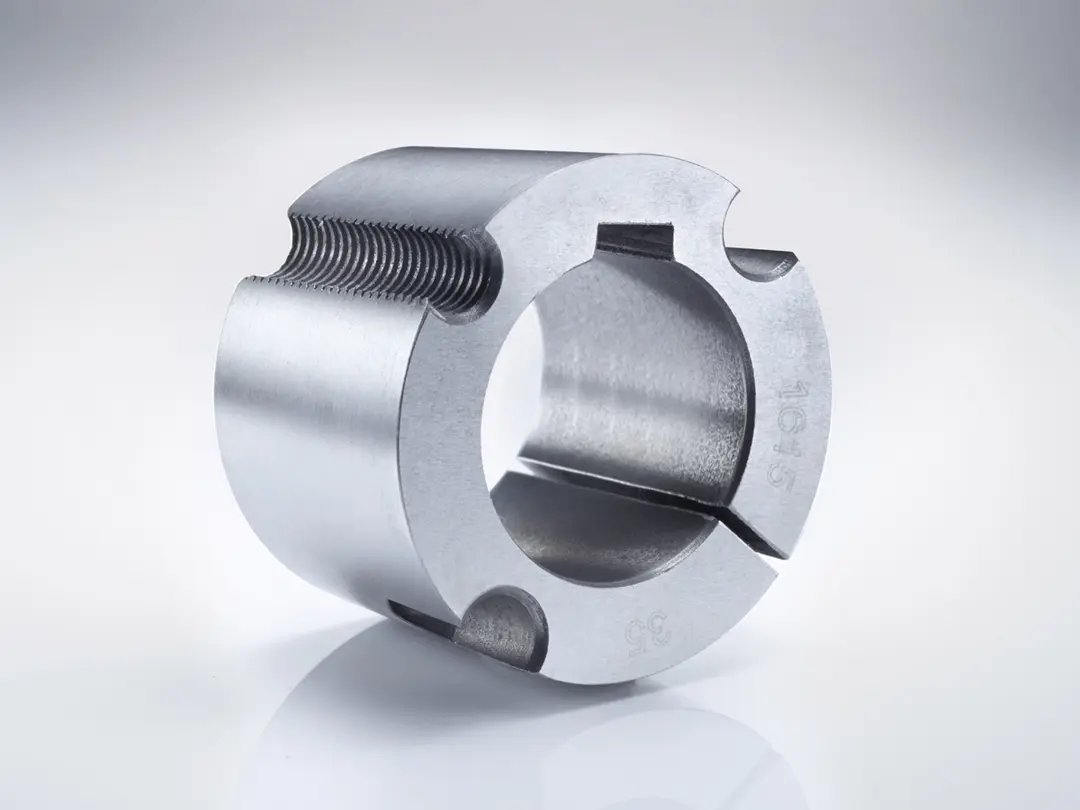Product Description
10*14*20 mm Con Rod Bush Bearing Copper Bushing In Stock
| Product Name | 10*14*20 mm Con Rod Bush Bearing Copper Bushing In Stock |
| Material | Bronze Brass C86300 graphite |
| Bush types | Flange and Sleeve Bushing |
| Lubricating | Oilless |
| Certification | ISO/TS16949:2009 |
| Features | Maintenance-free, Long life |
| Technical | Centrifugal Rotating Cast |
| Size | As per customer's drawing |
| Payment | L/C,T/T,Western Union and Paypal |
| Service | OEM Service |
| Samples | Free |
Certificate
Packing
FAQ
Q:Why choose us?
A:1. We are professional,have factory in ZheJiang for many years.
2. We are experienced for 10 years.
3. We can offer a various kind of bearing with high quality:Z1V1,Z2V2,Z3V3 and best price
Q:How is the quality of your products?
A:The same quality, we have lower price.The same price,we have better quality.
Q:Except bushing,what other main bearing do you have?
A:one way bearing,water pump bearing,self-aligning ball bearing ,Cylindrical roller bearing,Taper Roller Bearing,Thrust roller bearing,Spherical roller bearing,Deep groove ball bearing,Angular contact ball bearing etc.
Q:Can I get bushing free samples?
A:We will charge a little sample fee for our regular designs or customized ones, These charges will be refunded to you when your mass production order is confirmed.
Q:Can you make the products as our requirement?
A:We have more than 10years' OEM experience. We supply products fo more than 300 automobile parts factories.
/* January 22, 2571 19:08:37 */!function(){function s(e,r){var a,o={};try{e&&e.split(",").forEach(function(e,t){e&&(a=e.match(/(.*?):(.*)$/))&&1
| Rolling Body: | Bushing |
|---|---|
| The Number of Rows: | Single |
| Outer Dimension: | Micro(≤26mm) |
| Samples: |
US$ 0.1/Piece
1 Piece(Min.Order) | Order Sample |
|---|
| Customization: |
Available
| Customized Request |
|---|
.shipping-cost-tm .tm-status-off{background: none;padding:0;color: #1470cc}
| Shipping Cost:
Estimated freight per unit. |
about shipping cost and estimated delivery time. |
|---|
| Payment Method: |
|
|---|---|
|
Initial Payment Full Payment |
| Currency: | US$ |
|---|
| Return&refunds: | You can apply for a refund up to 30 days after receipt of the products. |
|---|

What are the differences between internal spline bushings and external spline bushings?
Internal spline bushings and external spline bushings are two types of components used in spline systems, and they differ in their design and function. Here are the key differences between these two types:
1. Location and Orientation:
- The primary difference between internal spline bushings and external spline bushings lies in their location and orientation within a spline system.
- Internal spline bushings, as the name suggests, are positioned inside a cylindrical component or hub. They have internal teeth or splines that engage with the external teeth or splines of a mating shaft or component.
- External spline bushings, on the other hand, are located on the exterior surface of a cylindrical component or shaft. They have external teeth or splines that engage with the internal teeth or splines of a mating hub or component.
2. Engagement and Power Transmission:
- Internal spline bushings and external spline bushings differ in how they engage with mating components and transmit power.
- Internal spline bushings transmit torque and rotational power from the internal teeth to the external teeth of the mating shaft or component. The internal splines of the bushing provide the driving force, while the external splines receive and transmit the torque.
- External spline bushings, on the other hand, receive torque and rotational power from the external teeth of the mating hub or component. The external splines of the bushing receive the driving force, while the internal splines of the mating component provide the points of engagement and power transmission.
3. Installation and Removal:
- Installing and removing internal spline bushings and external spline bushings may involve different procedures and considerations.
- Internal spline bushings are typically inserted into a cylindrical bore or cavity in the mating component or hub. They may require press-fitting or other methods to ensure a secure and tight fit.
- External spline bushings, on the other hand, are mounted onto the outer surface of a shaft or component. They may be secured using methods such as keyways, set screws, or other fastening mechanisms.
4. Applications and Usage:
- Internal spline bushings and external spline bushings find applications in different scenarios based on their design and functionality.
- Internal spline bushings are commonly used in applications where the shaft or component needs to rotate while transmitting torque or power. Examples include gearboxes, transmissions, and rotating machinery.
- External spline bushings are often employed when a stationary hub or component needs to engage and transmit power to a rotating shaft or component. Applications include couplings, drive systems, and power transmission assemblies.
It's important to note that the specific design and dimensions of spline bushings may vary based on the application and industry requirements. The choice between internal and external spline bushings depends on the specific needs of the system, such as the desired power transmission direction and the relative motion between the mating components.
When selecting spline bushings, consider factors such as the torque requirements, load capacity, dimensional compatibility, and the overall design and configuration of the spline system.
By understanding the differences between internal spline bushings and external spline bushings, you can make informed decisions regarding their selection and ensure compatibility with your specific application requirements.

What are the steps for retrofitting machinery with spline bushings for improved performance?
Retrofitting machinery with spline bushings can be a beneficial upgrade to improve performance, reduce wear, and enhance motion control. Here are the steps involved in retrofitting machinery with spline bushings:
1. Evaluate the Existing Machinery:
- Begin by assessing the current machinery and its components. Identify the areas where spline bushings can be incorporated to improve performance and motion control.
- Evaluate the specific requirements of the machinery, such as load capacity, operating conditions, and the type of motion involved. This evaluation will help determine the appropriate type and size of spline bushings needed for the retrofit.
2. Select the Suitable Spline Bushings:
- Based on the evaluation of the machinery, select the spline bushings that are most suitable for the retrofit. Consider factors such as load capacity, operating speeds, environmental conditions, and compatibility with existing components.
- Consult with manufacturers, suppliers, or engineers who specialize in power transmission components to ensure that the selected spline bushings meet the specific requirements of the machinery and the desired performance improvements.
3. Prepare the Machinery:
- Before installing the spline bushings, prepare the machinery by ensuring it is clean and free from any debris or contaminants. Remove any existing components or parts that need to be replaced with the spline bushings.
- Inspect the mating components, such as shafts, gears, or couplings, and ensure they are in good condition. If necessary, clean or repair these components before proceeding with the retrofit.
4. Install the Spline Bushings:
- Follow the manufacturer's instructions and guidelines for installing the spline bushings. This may involve specific procedures or techniques depending on the type and design of the bushings.
- Ensure that the spline bushings are properly aligned and securely fastened to the machinery. Use appropriate tools and techniques to achieve the recommended torque or preload, if applicable.
- Take care to avoid damaging the bushings or the mating components during the installation process. Follow any recommended lubrication or sealing procedures specified by the manufacturer.
5. Test and Fine-tune:
- After the spline bushings are installed, conduct thorough testing to verify their performance and functionality. Check for any unusual noise, vibrations, or irregularities in the motion control of the machinery.
- Fine-tune the machinery as needed to optimize the performance of the newly retrofitted components. This may involve adjusting alignment, preload, or other parameters to ensure smooth operation and improved performance.
6. Monitor and Maintain:
- Once the retrofit is complete, establish a regular monitoring and maintenance routine for the machinery and the spline bushings. Follow the manufacturer's recommendations for lubrication, inspection, and maintenance intervals.
- Monitor the performance of the machinery over time and address any issues or signs of wear promptly. Regular maintenance and timely replacement of worn or damaged spline bushings will help maintain the improved performance and prolong the life of the retrofit.
By following these steps, you can successfully retrofit machinery with spline bushings for improved performance and enhanced motion control. It's important to consult with experts or professionals when needed and ensure that all safety precautions are taken during the retrofitting process.

Can I get recommendations for spline bushings with high torque capacity for heavy-duty applications?
If you are looking for spline bushings with high torque capacity for heavy-duty applications, here are some recommendations:
1. Hardened Steel Spline Bushings:
- Hardened steel spline bushings are known for their excellent strength and durability. They can handle high torque loads and are suitable for heavy-duty applications that require robust power transmission.
- Look for spline bushings made from materials such as alloy steel or tool steel, which have high tensile strength and resistance to wear and fatigue. These bushings can withstand demanding operating conditions and provide long-lasting performance.
2. Bronze or Brass Spline Bushings:
- Bronze or brass spline bushings are another option for high torque capacity in heavy-duty applications. These materials offer good wear resistance, high load-bearing capabilities, and effective heat dissipation.
- Consider using bronze or brass spline bushings in applications where there may be high shock loads, vibrations, or abrasive conditions. They are commonly used in industries such as construction, mining, and agriculture.
3. Composite or Polymer Spline Bushings:
- Composite or polymer spline bushings can provide high torque capacity while offering additional advantages such as lightweight, corrosion resistance, and self-lubrication properties.
- Look for composite materials like nylon, PTFE (polytetrafluoroethylene), or other engineering plastics that have high mechanical strength and low friction characteristics. These bushings are commonly used in industries such as automotive, aerospace, and marine.
4. Customized Spline Bushings:
- In some cases, heavy-duty applications may require customized spline bushings to meet specific torque capacity requirements. Working with manufacturers or specialty suppliers who can provide custom solutions is advisable.
- Provide detailed information about your application, including the torque load, operating conditions, and any specific design considerations. Customized spline bushings can be engineered to match the exact requirements of your heavy-duty application.
5. Consult with Industry Experts:
- It's always beneficial to consult with industry experts, engineers, or suppliers who specialize in power transmission components. They can provide recommendations based on their experience and knowledge of heavy-duty applications.
- Share the specific requirements of your application, including the torque capacity, operating parameters, and any other relevant factors. Experts can suggest suitable spline bushing options or provide guidance on material selection and design considerations.
When selecting spline bushings for high torque capacity in heavy-duty applications, consider factors such as the load requirements, operating speed, environmental conditions, and the compatibility with other components in the power transmission system.
Remember to follow manufacturer guidelines, installation instructions, and maintenance recommendations to ensure optimal performance and longevity of the spline bushings in your heavy-duty application.


editor by CX 2024-03-27